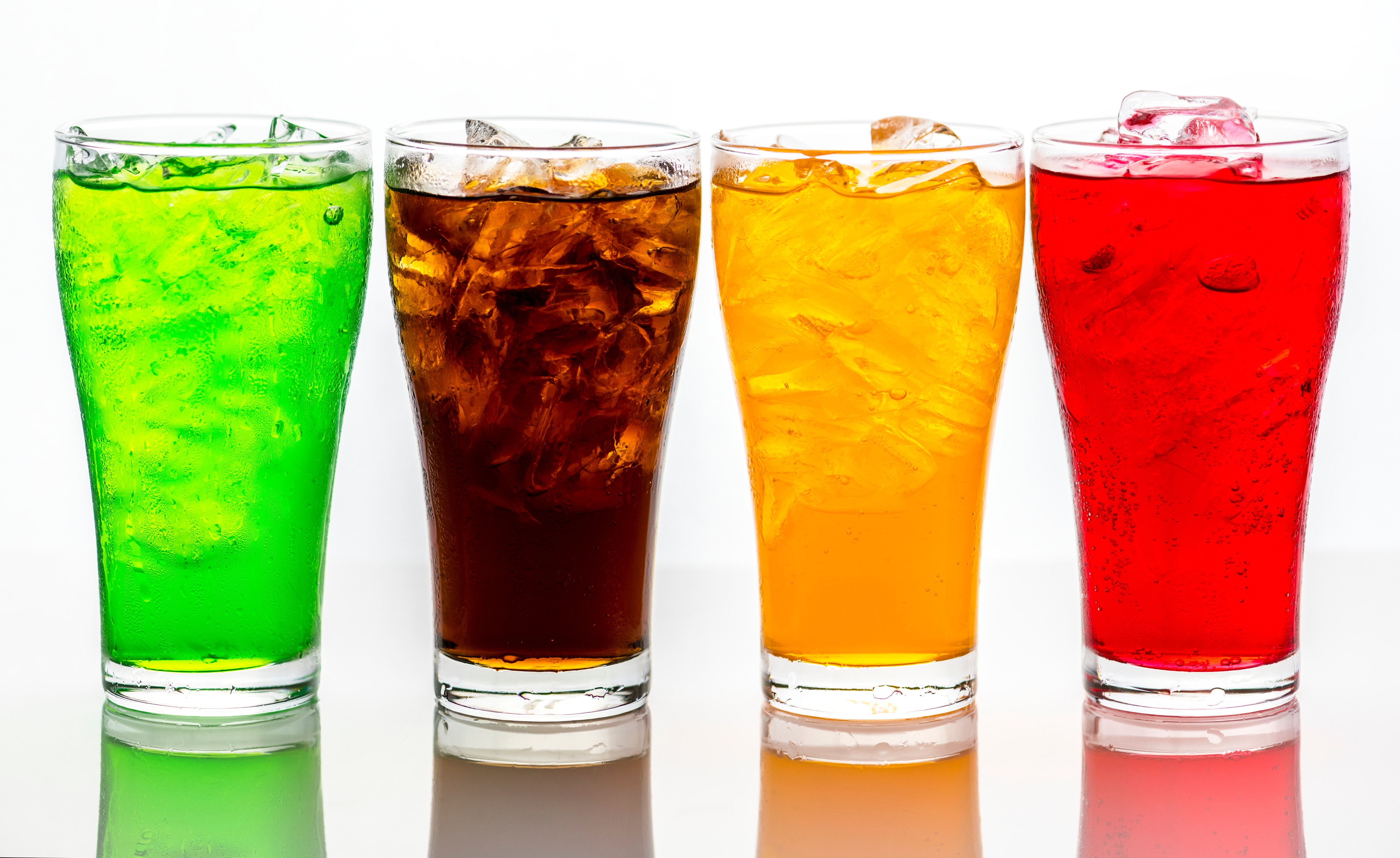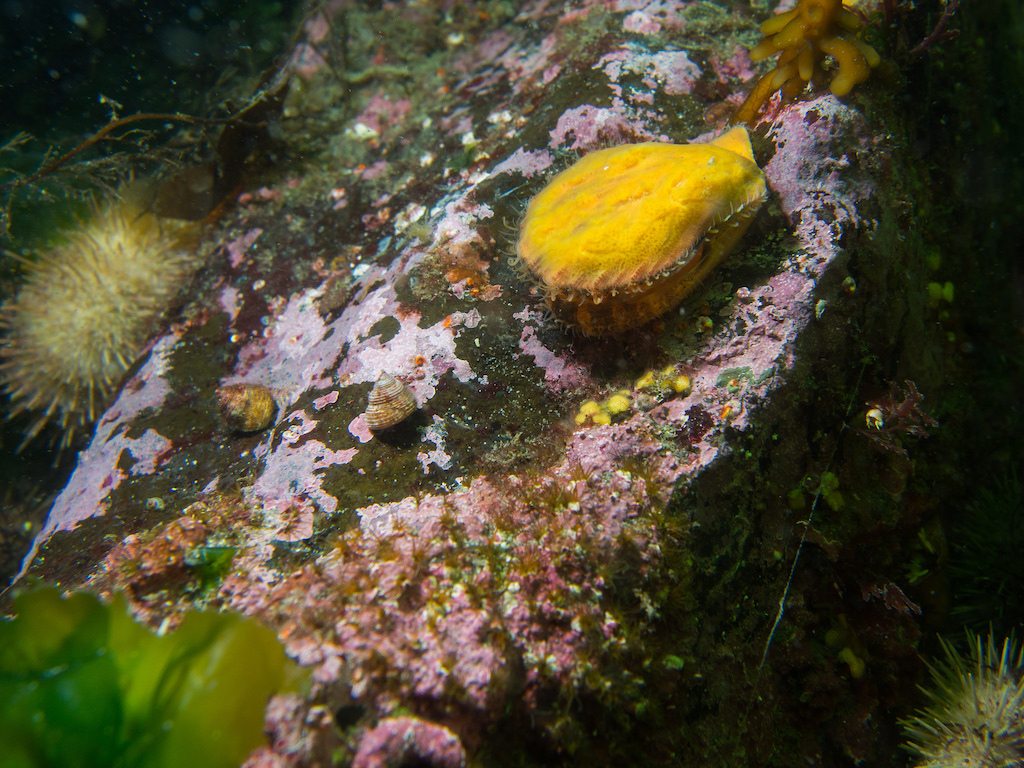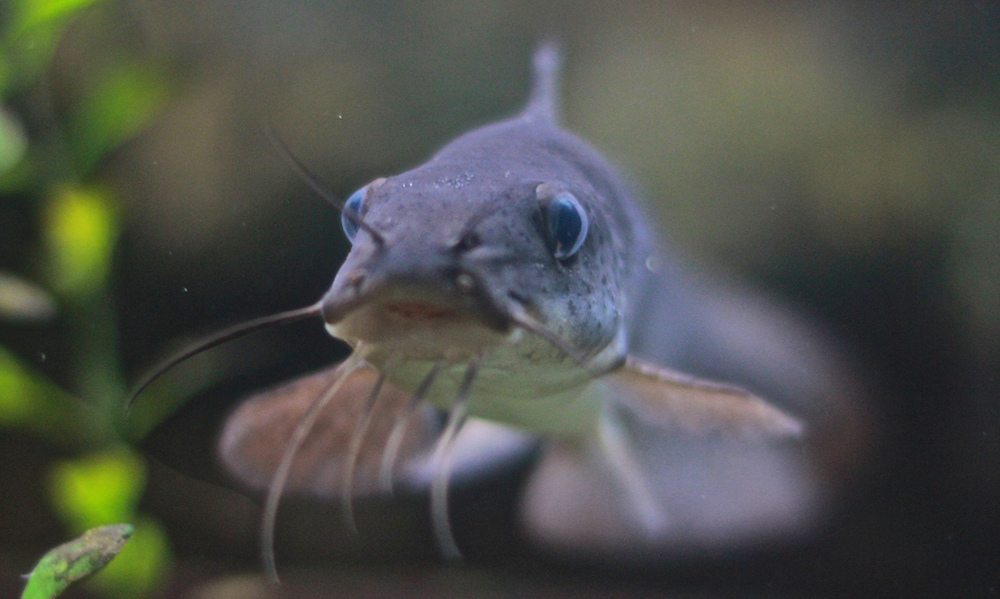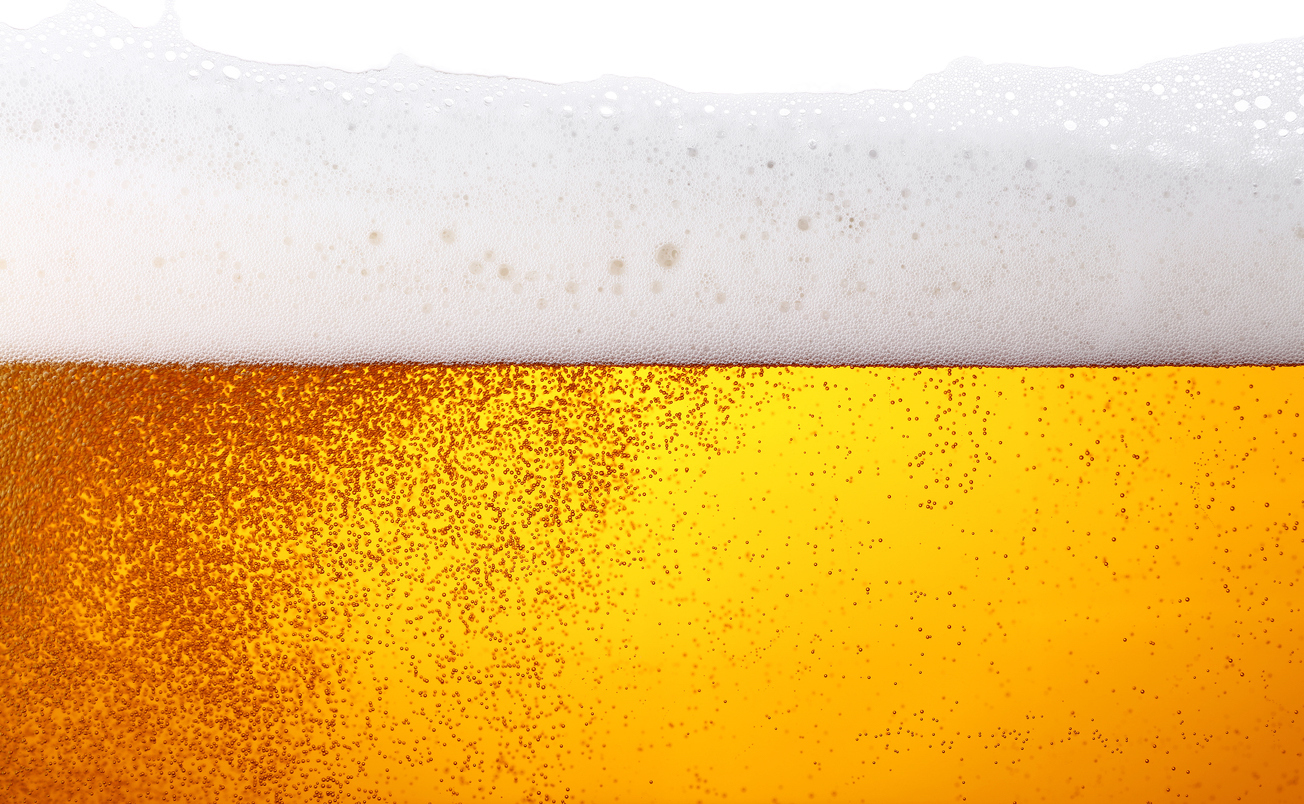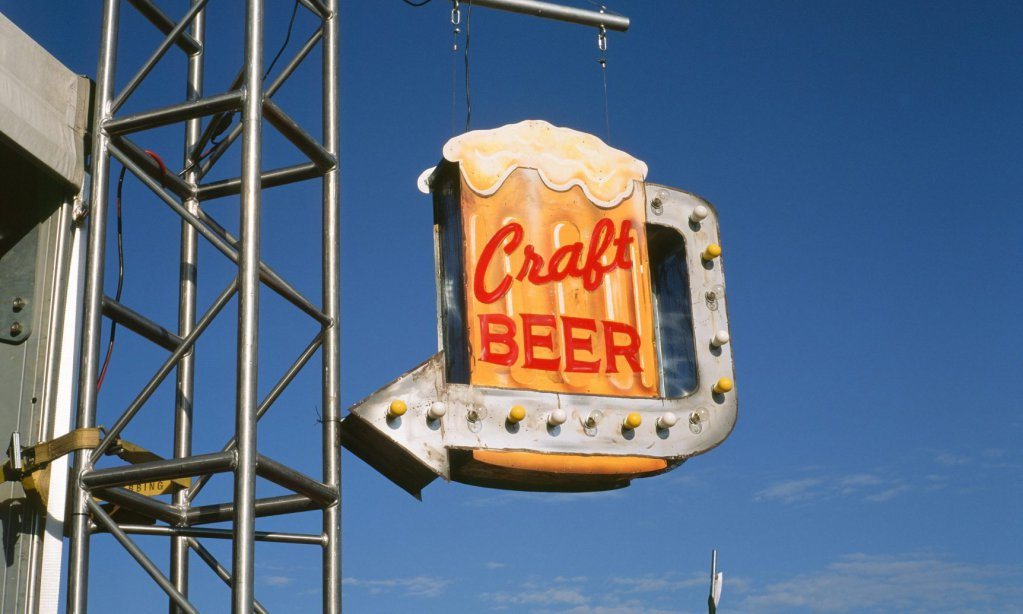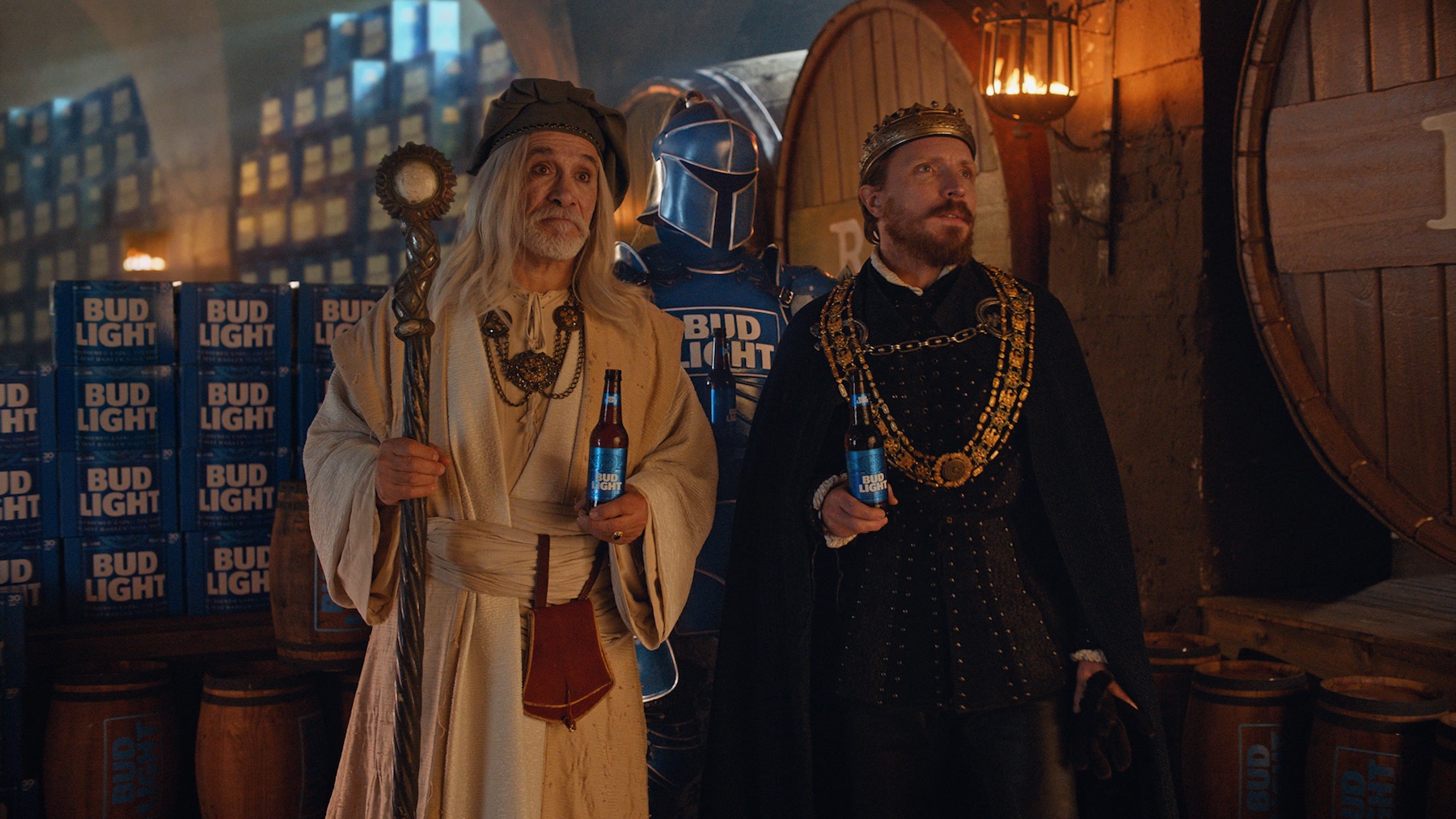
Bud Light
The people (and the press) have spoken: Super Bowl LIII was a bust. This year’s low-scoring game had low ratings to match—the lowest in a decade—complete with a safe, dull halftime show from one of the world’s safest, dullest musical acts. (Sorry not sorry, Maroon 5.) Some pundits are already calling it “the worst Super Bowl ever.”
But the biggest sign that the Pats/Rams matchup fell short?
On Monday morning, everyone on Twitter was talking about corn.
You know it’s been a really bad Super Bowl when the commercials are more newsworthy than the big game itself. And this year, the night’s most-discussed moment was arguably the feud stoked when Anheuser-Busch InBev, parent company of Bud Light, ran an ad that incensed the National Corn Growers Association (NCGA).
The unlikely rivalry delighted some viewers, and angered others, but was also deeply revealing. It told us a great deal about the challenges Big Beer is facing, and how unprepared American viewers are to have substantive debates about food and health—during a major sporting event, at least—a limitation marketing agencies are only too happy to exploit.
Here’s what happened, in case you did something else with your Sunday night. The Bud Light commercial is set in a faux-medieval, Games of Thrones-esque universe, one familiar to many viewers from the grating “dilly dilly” ads. A hapless courier delivers a giant barrel of corn syrup to the kingdom of Bud Light, which must be a mistake: Bud Light, the king announces, isn’t brewed with corn syrup, though he conspicuously points out that Miller Lite and Coors Light are. From there, the king and his cohort journey across ocean and mountain to return the massive shipment of corn syrup to its rightful owner.
As far as advertising goes, the bit used a familiar tactic: demonize an ingredient, and then chastise the competitors who use it. But the backlash was, perhaps, unexpected. Shortly after the commercial aired, NCGA responded with a tweet condemning the ad.
“American corn farmers are disappointed in you,” the official NCGA account tweeted. “Our office is right down the road! We would love to discuss with you the many benefits of corn! Thanks @MillerLight and @CoorsLite for supporting our industry.” (Twitter users quickly pointed out that NCGA cited the wrong handles, tagging both a Coors Light fan account and some random guy named Allen Miller with 46 followers.)
The commercial caused an immediate stir in corn country. Kevin Ross, first vice president of NGCA, was watching the Super Bowl at a friend’s house near his home in Minden, Iowa (the host happened to be the corn seed dealer who supplies his farm). In an interview by phone, Ross told me that no one at NCGA knew the commercial was coming. But the feeling in the room was that AB InBev had crossed the line.
“I just personally felt like it was an attack on our industry,” he told me. “It changed the whole tone of the night. My phone was blowing up after that commercial was aired, people saying how upset they were that this was out there. Nobody said what to do, but I figured I had to respond somehow. So we just went in there and shot a quick video.”
Around 6:00 p.m. on Sunday night, about 90 minutes after NGCA’s angry tweet, Ross tweeted a video of himself pouring a can of Bud Light into a bathroom sink. “Bud Light, you’re not standing with corn farmers,” he deadpanned, staring into the camera. “We’re not standing with you.”
Thoroughly disappointed in the aftertaste @budlight after the #SuperBowl commercial… #dumpdillydilly #yourecutoff pic.twitter.com/vij6zd0G9s
— Kevin Ross (@krossfarms) February 4, 2019
Though it’s not clear that the video, tweeted with the hashtag #dumpdillydilly, has sparked a full-blown Bud Light boycott in corn country, it’s now been viewed more than 850,000 times.
Reactions ranged from this:
 Twitter
Twitter And this:
 Twitter
Twitter To this:
 Twitter
Twitter And GIFs:
— shapers (@shap3rs) February 4, 2019
— Phillip Rhodes (@PhillipRhodesJr) February 4, 2019
But as NCGA’s feed filled with a mix of support, criticism, and mockery, one thing was clear. The episode highlighted just how little Americans understand about ingredients, supply chains, and food science, and was a reminder of just how much power marketing has to shape perceptions about what we eat and drink.
Let’s get this out of the way first: By the time you drink it (or pour it out in the sink in protest) there’s no sugar left in a can of Bud Light. Whether a beer is brewed with corn syrup or not might matter to agricultural economists, but it’s not really a factor for health.
Why? Because sugar is only added during the fermentation process to feed yeast, which converts the sweet stuff into alcohol and carbon dioxide. Beer is fizzy and boozy thanks to sugar, but most beers—especially light beers—don’t actually contain sugar when the brewing process is complete. For proof, just look at the new nutrition facts panels that AB InBev started including on packs of Bud Light last month. The ingredients panel tells us that the beer gets its fermentable sugar from rice, but there are zero grams of sugar in a can of Bud Light.
The same is likely true of Coors Light and Miller Lite—corn syrup is used during fermentation, but none remains in the end product. (MillerCoors did not respond to requests for comment.) So rather than fixating on whether your beer was brewed with corn syrup, rice, or cane sugar, it would be healthier to focus on drinking less beer of any kind. The Mayo Clinic recommends we consume no more than one to two drinks daily for optimum health—yes, even on Super Bowl Sunday.
AB InBev, of course, knows that it’s misleading to suggest that Miller Lite customers are swilling down corn syrup with their beer. It implied that anyway. Which brings us to the real reason why the Bud Light ad was interesting. It’s a sign of how much trouble Big Beer is in, and how far AB InBev is willing to go to avoid more substantive conversations about ingredients and sourcing.
Recently, the company, which is the world’s largest beer conglomerate, has made efforts to open up about its manufacturing process, embracing “transparency” as a marketing buzzword. Much of that effort has centered on Bud Light and its brand-new nutrition facts panels.
“Consumers deserve to know more about their beer,” said Andy Goeler, Bud Light’s vice president of marketing, in a press release pegged to the effort, which rolls out in full this month. “We believe increasing on-pack transparency will benefit the entire beer category and provide our consumers with the information they expect to see.” AB InBev, to its credit, has also launched a website that lists the ingredients used in each of its beers—information that the industry doesn’t typically make available.
But the company’s efforts to increase transparency only go so far. It could have used its Super Bowl platform—one of the advertising industry’s largest stages—to provide real insight into how its beers are made, and why. Instead, it treated audiences to a story set in an imagined realm, one where corn syrup shows up in giant barrels rolled by medieval serfs.
That decision, on its own terms, is revealing. Americans increasingly say that they want the food and beverage industries to be more transparent. At the same time, companies want to capitalize on newfound interest in their behind-the-scenes work. And yet they still seem afraid to give too much away, as if the public can’t really be trusted with the truth.
That tension helps explain the rise of a confused new genre of advertising, where nitty-gritty food manufacturing and supply chain issues are discussed through a cartoonishly fantastical lens. There’s Panera’s “Land of Clean” game, set in an edenic landscape of baguette mountains and kale-stalk forests, where the goal is to find and eliminate “no-nos”—the preservatives and artificial sweetners that we’re told have no place in paradise. Or Coca-Cola’s fanciful retelling of how each Coke gets to the trough at the bottom of a vending machine (hint: a horde of minion-like creatures operate a vast Rube Goldberg machine). These food system fairytales tell ironic, highly selective stories, while actively obscuring aspects of production that companies aren’t quite comfortable talking about—the complicated, often fraught questions that relate to agricultural practices, sourcing, labor, automation, scale, and waste.
That’s why irony, humor, and whimsy are important facets of the genre: We know, of course, that Cokes aren’t made by animated Pixar critters, and that beer ingredients aren’t rolled across the world by knights and kings. But what’s at stake is serious. When the Bud Light commercial ends, we’ve learned it isn’t brewed with corn syrup. If the joke is good enough, AB InBev hopes we’ll remember that—and not think too hard about the rest.
Once you do start to think about the claims made in the ad, though, things start to fall apart pretty quickly. Starting with the fact that AB InBev is a huge buyer of corn syrup, which it uses to make other beers in its lineup. “Different beers have different recipes, and Anheuser-Busch does use corn syrup in certain products,” a spokesperson confirmed to me by email.
Why make an entire ad about not using corn syrup in Bud Light, then?
“Consumers want transparency and we’re providing it. It’s up to them to decide what beer is right for them,” the spokesperson went on. “We don’t have anything against corn syrup, we just don’t use it in Bud Light. Bud Light’s Super Bowl commercials are only meant to point out a key difference in Bud Light from some other light beers.”
So AB InBev’s idea of transparency is to stigmatize corn syrup on flimsy grounds, then drop that the ingredient isn’t used to make Bud Light, while omitting that it’s used in many of the company’s other products. Got it, though that sleight of hand isn’t exactly laudatory. Why would AB InBev float such a lame, easily debunked premise, especially when doing so meant potentially alienating a politically powerful group?
It may be because the company knows its audience. Americans may say in surveys that they want to know more about their food, but who wants to think about the food system when you’re drunk and stuffed and rooting for your team? Almost nobody. Consider that this year’s game also featured an ad for Michelob Pure Gold, also part of the AB InBev roster and the first certified organic beer ever advertised during a Super Bowl. For the Organic Trade Association, this was a big deal. “We’re thrilled the Organic seal is getting this great exposure,” said OTA president Lauren Batcha, in a press release last week.
But that commercial didn’t register the same way the Bud Light commercial did—and subsequent coverage focused more on the ad’s nod to the world of ASMR YouTube videos than on its implications for American farmers. We may not care as much about ingredients as we say we do.
But it’s not just that AB InBev doesn’t trust us to care. The corn syrup commercial also has a whiff of desperation to it. Keep in mind that the market for beer is shrinking in general. In 2017, according to The Wall Street Journal, Americans chose wine or cocktails more often than beer for the first time. So as the big conglomerates fight over slices of an ever smaller pie, they’re desperate to leverage any advantage they can find. If throwing corn syrup under the bus gives Americans a reason to choose one mass-produced beer over another, well, that’s a risk AB InBev needs to take. And so, instead of using its massive platform to actually educate the public, the company settled for a misleading kind of magical realism.
Not that it’s impossible to tell a good story about beer. For proof, look to the craft beer market—which is still outpacing its big business rivals, growing by 5 percent last year even as demand for beer fell overall. Craft beer companies have found a way to get the public excited about their stories, spotlighting their efforts to source local ingredients, support local economies, and find new flavors. It’s not that Big Beer isn’t doing exciting work in the realms of sustainability or taste. The big companies just haven’t found a way to tell those stories yet, perhaps because they’re afraid of raising larger, more unsettling questions in the process.
Still, until the people behind Bud Light feel they can excite the public with the truth about their product, it will be easier to hope that “dilly dilly” will be the next “whassup?”—and to sell a notion of transparency reliant on high-budget fantasies set in kingdoms far, far away.

